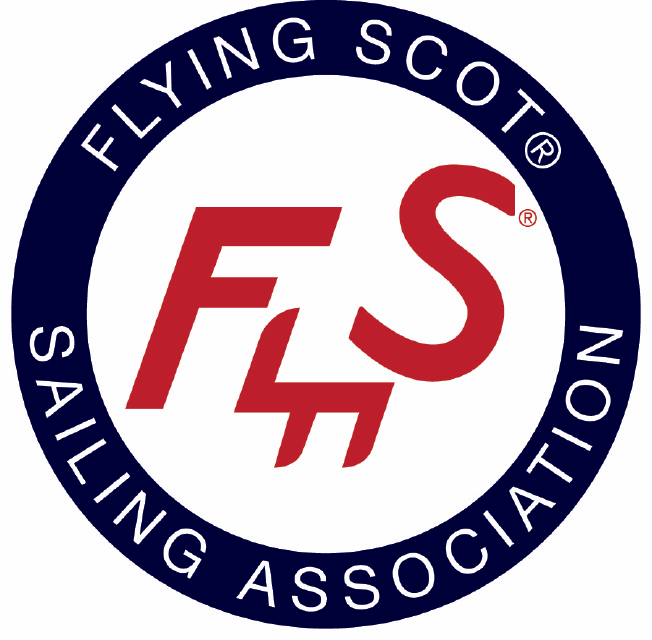Passing from astern to leeward nearby
Getting ready for racing this year. Can some of the wiser experts chime in? This situation comes up in most of my races on our tiny lake in Asheville with shifting light winds. I find that I am approaching a slightly slower Flying Scot as we race toward the windward mark. Our sails are trimmed in as we are on the starboard tack. I am coming from clear astern and to leeward, let us say 1 full boat length apart, 19' away. When I read rule 17, it seems to say that the leeward boat is limited to not come down on me, such that she is going below her proper course. I am not talking about my proper course, I am talking about the boat I just overlapped below her proper course. There are lots of reasons to sail courses to the next mark, if there were no other boats on the lake, so going down could be a reasonable course to choose. So if the windward boat wants to I think she can come down on me, and I have to bear away down.
Rule 17:
Rule 17 – On the Same Tack, Proper Course
“If a boat clear astern becomes overlapped within two of her hull lengths to leeward of a boat on the same tack, she shall not sail above her proper course while they remain on the same tack and overlapped within that distance, unless in doing so she promptly sails astern of the other boat. This rule does not apply if the overlap begins while the windward boat is required by rule 13 to keep clear.”

mwesson
Fri, 02/05/2021 - 14:27
Permalink
Proper course
If I understand your question correctly - she would not be able to sail below proper course if you came in from leeward.
She must sail proper course and taking you out is not the fasted way to finish.
RRS Definition -
Proper Course A course a boat would choose in order to sail the course and finish as soon as possible in the absence of the other boats referred to in the rule using the term. A boat has no proper course before her starting signal.
My undrestanding and two cents.
Mark
seanodonnell
Sat, 02/20/2021 - 18:45
Permalink
Rule 17 - part of "General Limitations" section
Rule 17 places a limit on the right-of-way (ROW) boat. ALL the rules - 14, 15, 16, 17 - in Section B (General Limitations) place limits on the ROW boat. It's kinda like 'Hey great...you're ROW...but you can't just do whatever you want buddy'.
If you are coming from behind (IE overtaking) on the same tack in close proximity (within two boat lengths), at some point you'll be the leeward boat, overlapped with the other boat which is now the windward (keep clear) boat. The windward boat has to keep clear under Rule 11 (I'm skipping Rule 12, 14,15 and 16.1 to keep it simple). You, the new leeward boat, are in fact ROW...but you can't take the windward boat above proper course because of the limits placed on you by Rule 17. You became the leeward boat because you came from astern within two boat lengths, which triggers 17.
And now the games begin as you and the other boat argue over what proper course is. As you alluded earlier, the leeward/ROW boat has a lot of leeway here; I would never want to be in the room defending why I didn't head up when I was to windward of another boat. Lots of proactive hailing can ward off a ton of ill will, protests, confusion, and awkwardness at the keg later. Almost no one understands this rule, so take a close look at who you're snuggling up to before you get close; newer sailors have no idea and really good sailors are also surprisingly rough on this stuff or pretend to be...and stubborn and bossy.
In review, as you catch up to a boat clear ahead (typical leeward mark consolidation), you gotta notice what tack you and the other guy are on. If you're on the same tack and you're close and and become overlapped, you will likely be limited by Rule 17 on how high up you can take the windward boat.
Rules that apply: As you approach from clear astern on same tack, Rule 12 says you keep clear. Then Rule 15 says 'hey great...you've acquired ROW...but give the other guy a sec or two to respond to your newfound right-of-wayness before you get too sassy'. Then 16.1 says you gotta give him room to keep clear as you change course and take him higher. Then - if you came from clear astern and within two boatlengths - you are limited by Rule 17. And the entire time, Rule 14 says avoid collision no matter what. I know. A lot of rules.